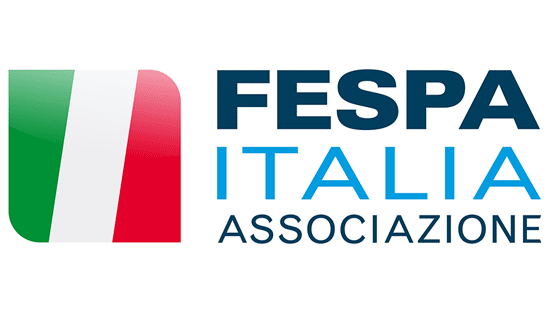Single-pass or multi-pass inkjet?
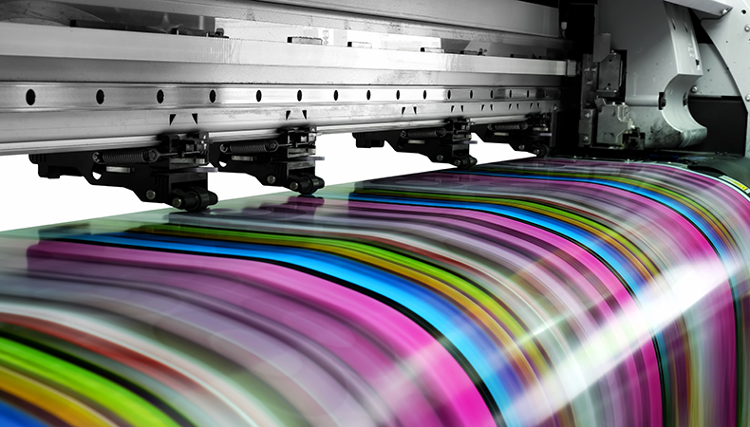
The key differences between the two technologies – and how printers can exploit both.
With an average speed of around 75m per minute, compared with industrial multi-pass at around 7.5m per minute, single-pass is a front runner by ten lengths when it comes to the speed of production.
However, at the risk of upsetting Lieutenant Maverick in Top Gun, who famously told us of the ‘need for speed’, PSPs know that speed isn’t everything: it’s just one more factor that needs to be taken into account.
Correlation of corrugated packaging
For the past two years or so there has been a key emphasis, led by industry-leading manufacturers, on single-pass over multi-pass. Various new technologies in this sector have rolled out, accompanied by pledges to deliver all kinds of wonderful benefits. Speed is the primary selling point. Turnaround times are decreasing as customers demand work at increasingly faster rates.
Print consultant David Atchinson makes no bones about the value of this speed to users: “For single-pass technology, the speed is without doubt the key factor at the moment. It’s very much work in progress right now – and as it’s so early, there is a lot more development to come.”
Despite being a technology in its “infancy”, single-pass kit is already out there on the market. He mentions the EFI Nozomi C18000 single-pass LED digital inkjet model, which came to market just over two years ago and has proved a big hit. With speeds of up to 75m/min and the ability to print on substrates up to 1.8m wide, this machine opens up a whole range of markets for users (see picture below).
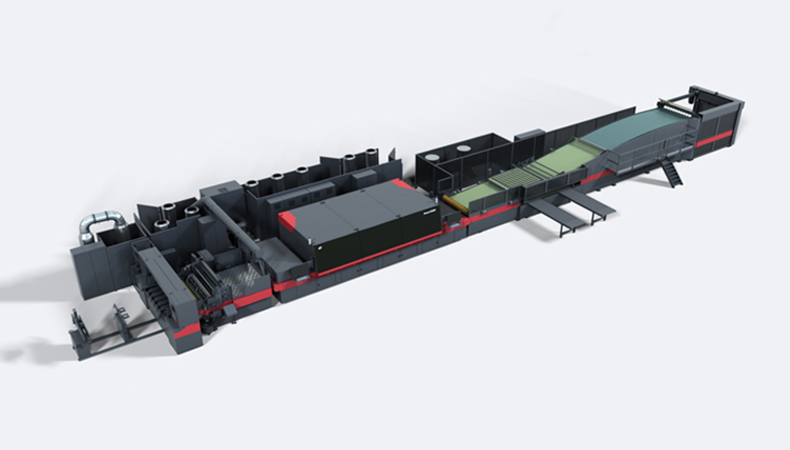
EFI’s Nozomi C18000 can run at 75m/min on substrates as wide as 1.8m
However, EFI cites corrugated, packaging and merchandise display as the three core areas and growth markets for print in which its Nozomi C18000 can “supercharge” normal earthbound capabilities.
Similarly, over at HP, the manufacturer’s PageWide range throws up a number of options for PSPs seeking to excel in single-pass production. The PageWide Web Press T400 HD Color series is one such device, with the ability to print at an eye-watering 305m/min, more than 40 times the average multi-pass machine, on material up to 106.7cm in width.
Again, much like with EFI and its Nozomi C18000, HP cites corrugated packaging as among the various applications suitable on the T400. So, the obvious question here, is corrugated packaging the way to go for those working with single-pass print?
Technology in its infancy
This certainly seems the case for McGowans Print in Ireland, which took on an EFI Nozomi C18000 in July 2017. The company is best known for its work in the display sector, but has had a keen eye on packaging for some time and has been using the single-pass machine to tackle work in this market.
Speaking at the time of the installation, Mal McGowan, founder and owner of the company, says that Ireland imports a lot of litho-laminated packaging from Turkey and China, adding that the company wants to take this type of work “in-country”.
From what I have seen already, and the comments I’ve heard, the print quality isn’t quite good enough at the moment
McGowan says of the litho-based system: “It’s cheap but requires high volumes to be pre-ordered and delivery is slow.” He went on to champion the environmental benefits of using the Nozomi press, saying the recyclability of board printed on the machine offers a sustainability advantage.
But why the focus on corrugated packaging? Print consultant Atchinson believes the answer is a simple one: quality of print. Atchinson, a friend of McGowan, said that as single-pass is a technology still in its infancy, it remains limited in terms of how much it can achieve quality-wise.
Atchinson expands: “At the moment, predominantly, the single-pass is for corrugated. From what I have seen already, and the comments I’ve heard, the print quality isn’t quite good enough at the moment. This technology is really in its infancy.
The applications for single-pass printers are mostly determined by the ink type
“But on corrugated packaging, print quality doesn’t have to be as precise. Mal pushed the boundaries and had the first EFI machine in the UK; he speaks very highly of it.”
Steve Wilson, director of R&D at Inca Digital, which is focused on development in this sector, also agreed that corrugated—both packaging and display—could be the way to go at present with single-pass. He said: “The applications for single-pass printers are mostly determined by the ink type.
“UV inks give glossy images with strong colour and work well with corrugated display applications. Aqueous inks have lower odour and migration so suit corrugated packaging applications.”
Packaging a punch
Another example of single-pass technology being put to work in the form of packaging giant DS Smith. The company invested in a HP T1100S in January this year, making it the second machine of its type to be installed in the Germany and Switzerland region (see picture below).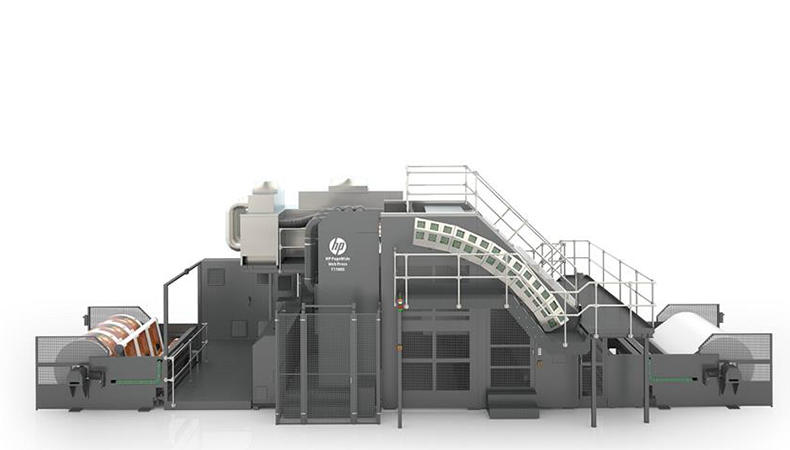
DS Smith installed a HP T1100S earlier this year to enhance its packaging offering
The digital printing process requires no printing plates, meaning we are able to make last-minute changes and quickly react to current promotional campaigns and events
Again, the links between single-pass print and corrugated packaging are clear to see, as Stefan Kunzmann, sales and marketing director at DS Smith in Germany and Switzerland, explains: The digital printing process requires no printing plates, meaning we are able to make last-minute changes and quickly react to current promotional campaigns and events.
“This can be of particular advantage when implementing marketing campaigns. A significantly shorter time to market is another crucial advantage of digital print for our customers.
“Displays that differ from region to region or are individualised for different distributors are now easy to implement – so is personalised packaging. Since ink coverage rather than the number of colours is decisive, packaging that used to be provided with monochrome print can now be printed in colour.”
In response to the installation, HP was quick to point out the benefits for printers that are producing corrugated work. In a statement, the company said: “While digital printing in the field of corrugated packaging used to be only possible on corrugated board sheets, with this new technology the printing is now done directly on the paper reel.
“For the first time ever, middle and large runs can be produced with digital print in an economically reasonable way and printing quality is now comparable to that of offset printing.”
Single-pass: the be-all and end-all?
Although corrugated packaging represents just a small part of the wider print industry, the impact single-pass has had on this sector in such a short period of time is quite remarkable. Is it then fair to say we can expect a similar reaction in other areas?
Atchinson believes so, but not quite yet, as the technology still needs work in terms of its print quality. He says: “Unless someone has something up their sleeve, it’s going to be two years until we have the quality to go with the speed of single-pass.
Single-pass inkjet prints with only one print pass; therefore their printing nozzles must be in good working order to avoid white lines appearing in the printed
image
l've got strong links at Inca and I know they are not far off developing a single-pass solution, but there is a lot more development to come in this market.”
Wilson of Inca Digital tends to agree, making a case for multi-pass by picking out some of the issues that users may encounter or have to contend with single-pass print.
He says: “Single-pass inkjet prints with only one print pass; therefore their printing nozzles must be in good working order to avoid white lines appearing in the printed image. Multi-pass printers avoid white lines by hiding bad nozzles with good nozzles on another print pass.
“Single-pass printers also feed continuously, so the printer material must be very flat to ensure it does not damage the print heads. Multi-pass printers can push down warped corrugated sheets: as the Inca Onset’s robots do.”
Wilson also picks up on the cost factor of single-pass versus multi-pass: “Single-pass printers typically cost several million dollars and have one print mode. This means the single-pass print mode must work well as there is no alternative.
“Multi-pass printers cost one to two million dollars and have several print modes. If there is a problem running in the fastest mode, a different mode can be selected to improve the print quality.”
There is no doubt that single-pass technology has huge potential, and is already making plenty of waves in the corrugated packaging sector: just ask DS Smith and McGowans Print. But we’ve seen teething problems with all print technologies and these can sometimes take years to iron out. In the meantime, as Wilson of Inca Digital says, multi-pass still offers an effective way of delivering high-quality print to customers, just at a slower rate than with single-pass print.
Become a FESPA member to continue reading
To read more and access exclusive content on the Club FESPA portal, please contact your Local Association. If you are not a current member, please enquire here. If there is no FESPA Association in your country, you can join FESPA Direct. Once you become a FESPA member, you can gain access to the Club FESPA Portal.
Topics
Recent news

How AI can benefit your data collection
Printers are collecting data about everything from costs to customers and inventory. But how can AI help you to make the most of that?
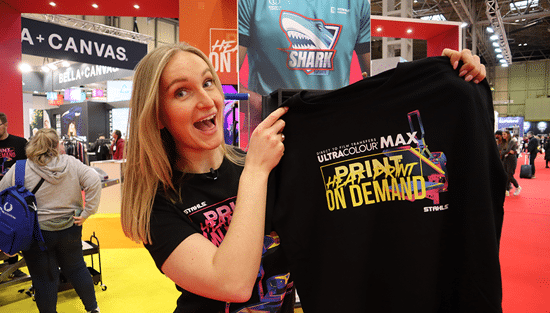
No minimum order: the growth of DTF decoration
Andy Rogers at Stahls’ UK and Europe, garment decoration firm based in Braintree, UK and Dillingen, Germany, on the cost and speed benefits of direct to film (DTF) printing.

The design democracy: AI, creativity and interior décor
We spoke to Matt Fletcher of John Mark Ltd and Cheryl O’Meara from the Print Pattern Archive about combining age-old techniques with artificial intelligence (AI) to create exciting new motifs for luxury wall coverings.
